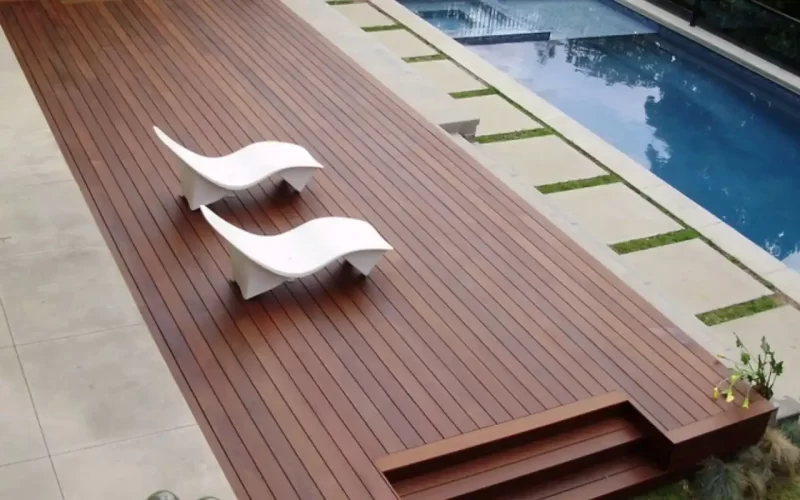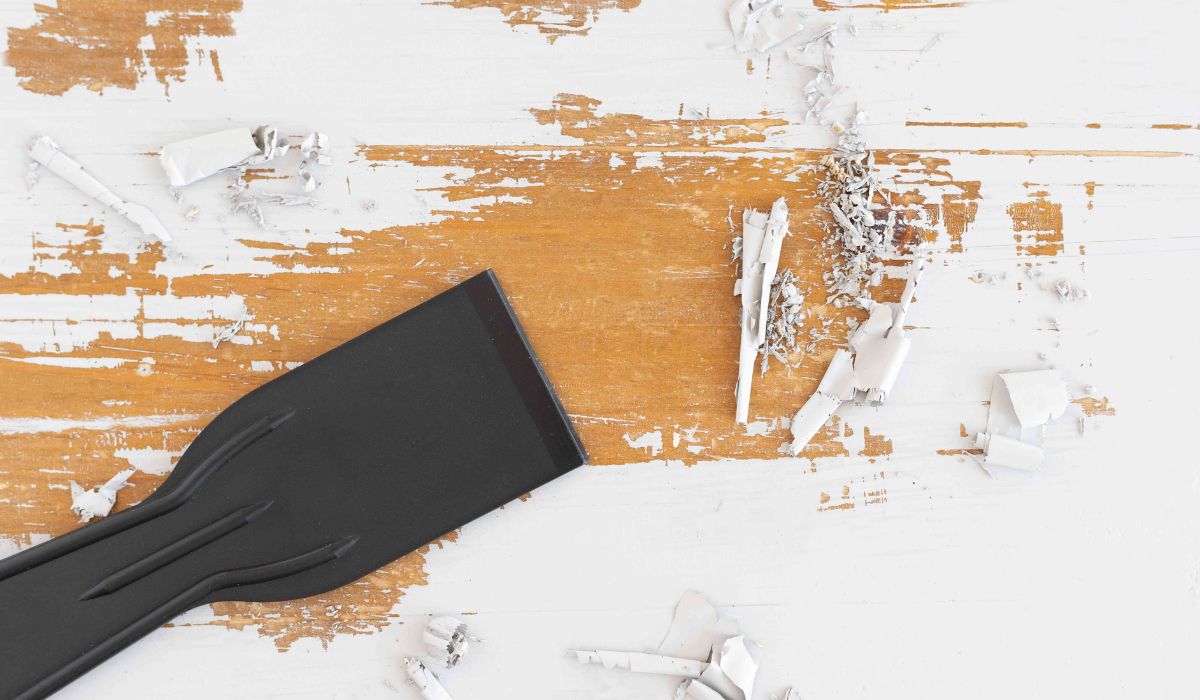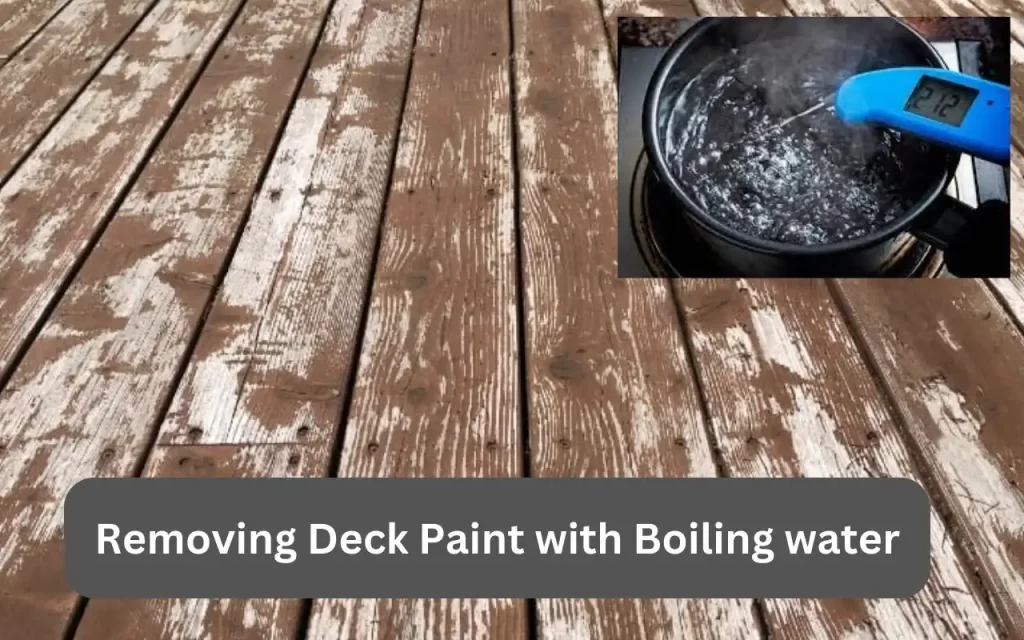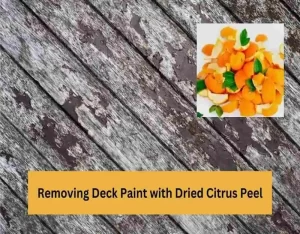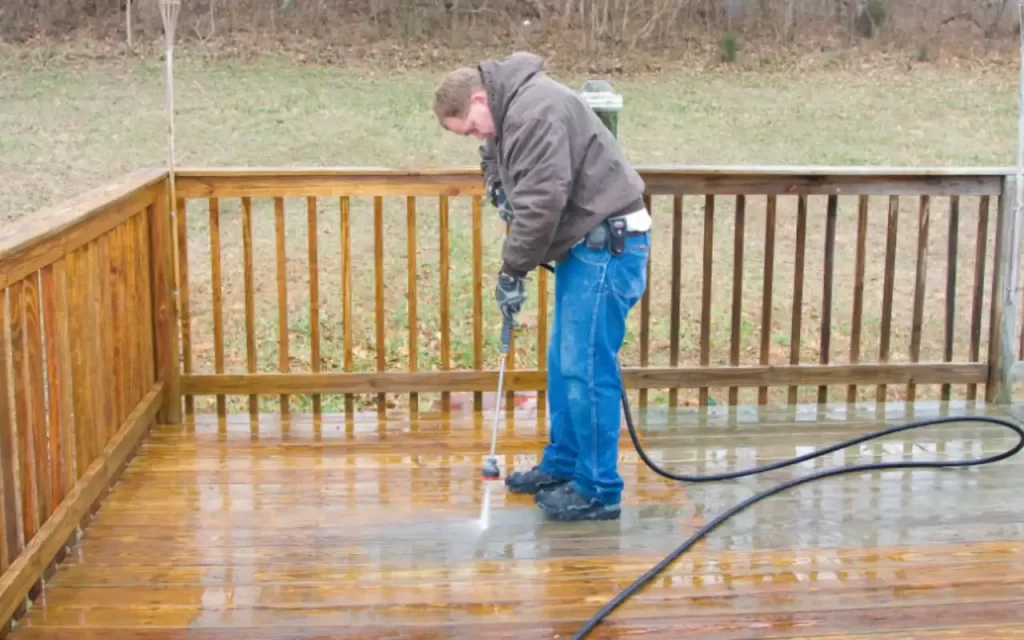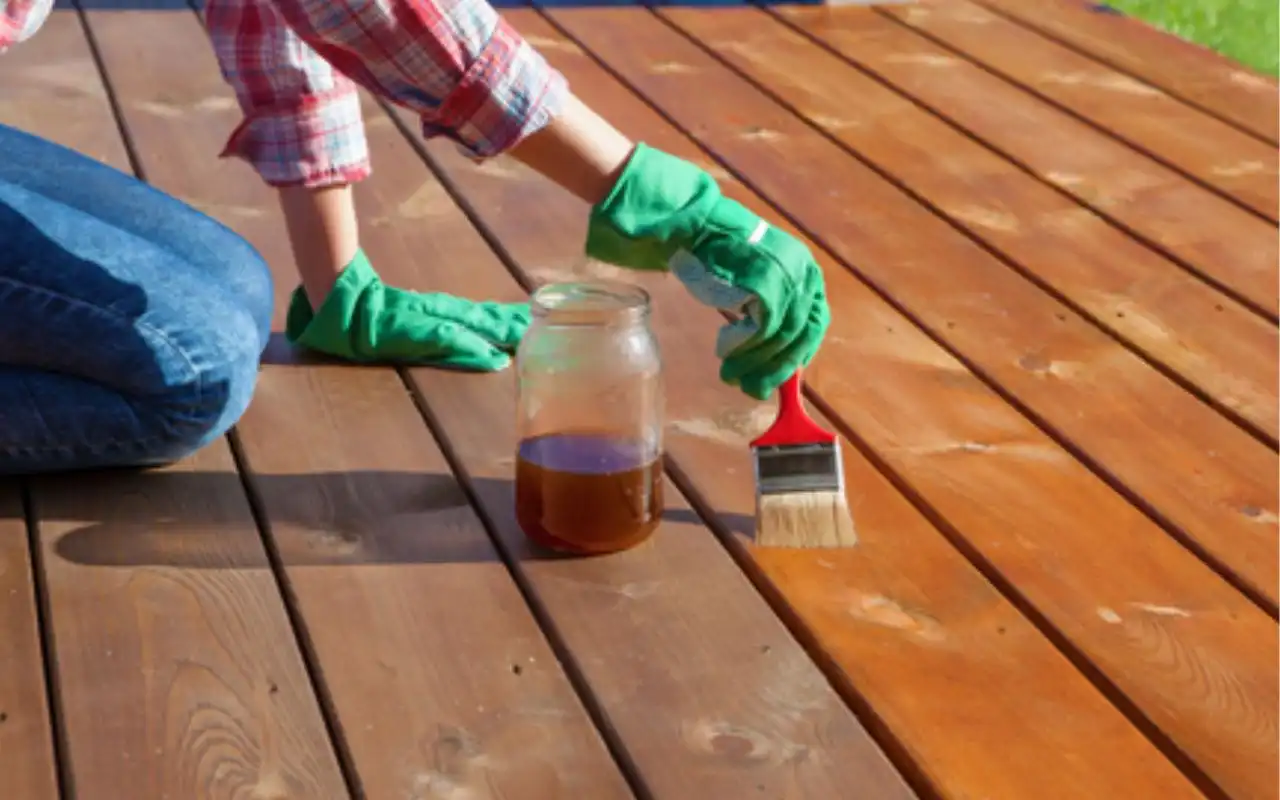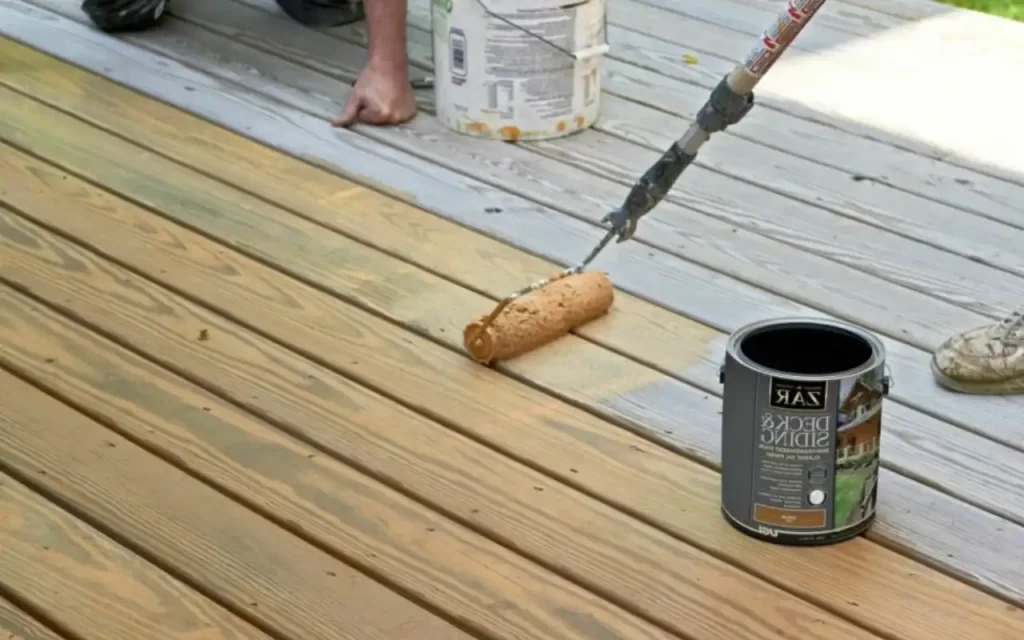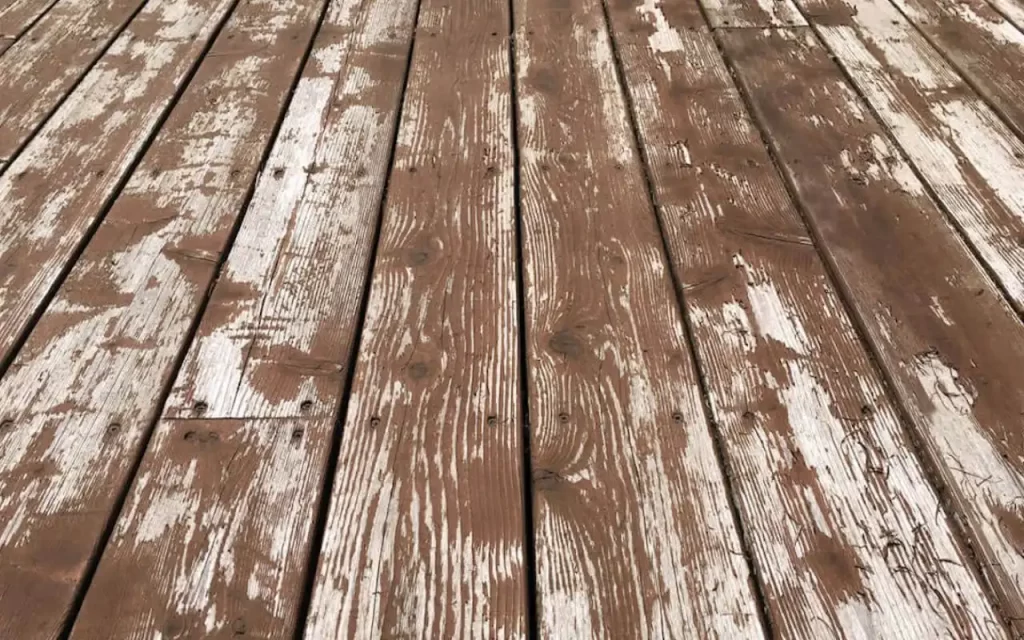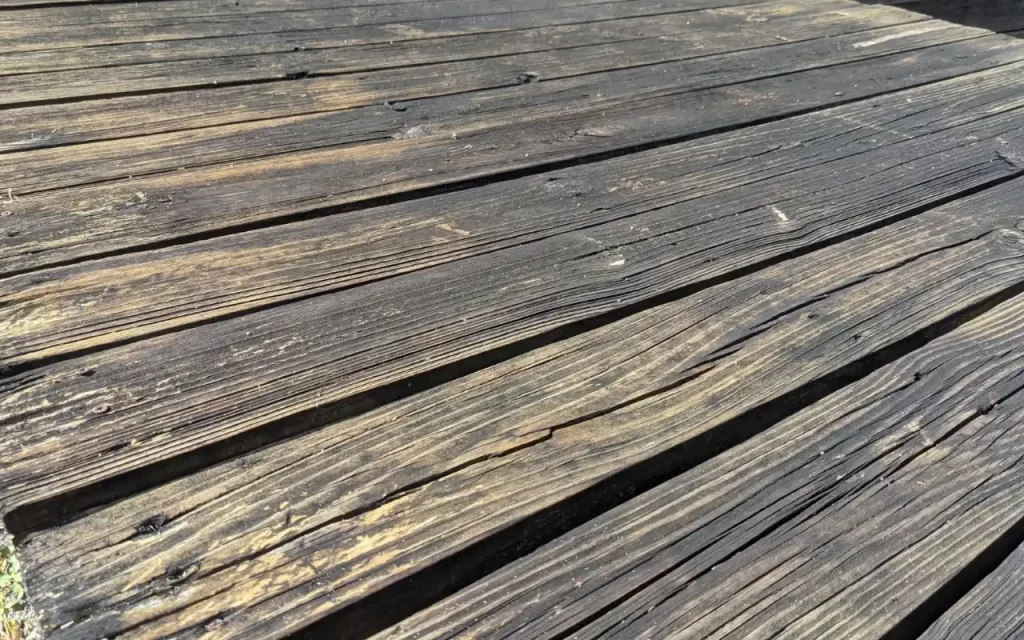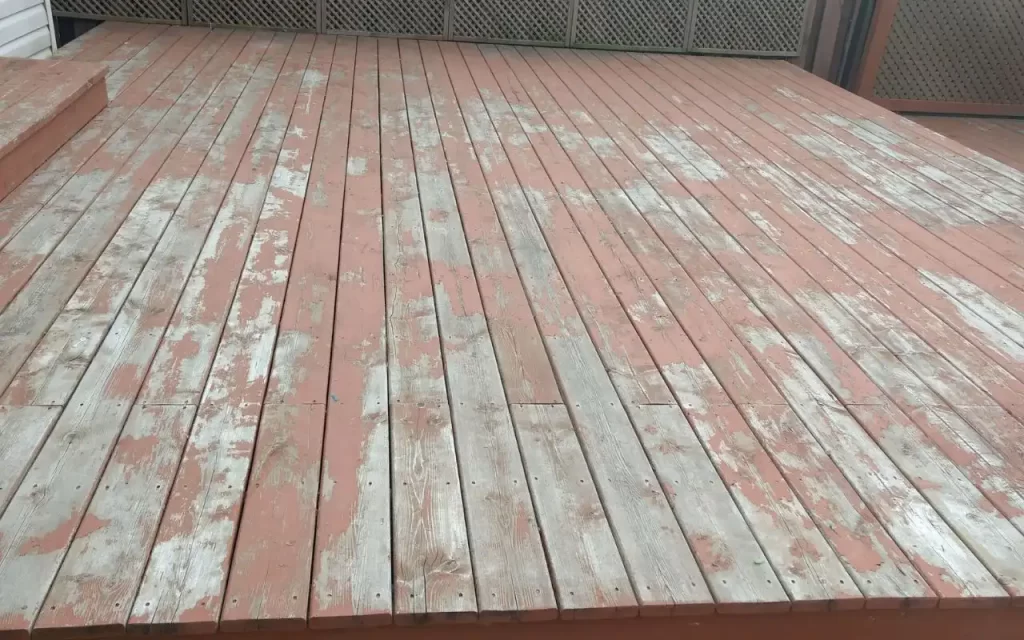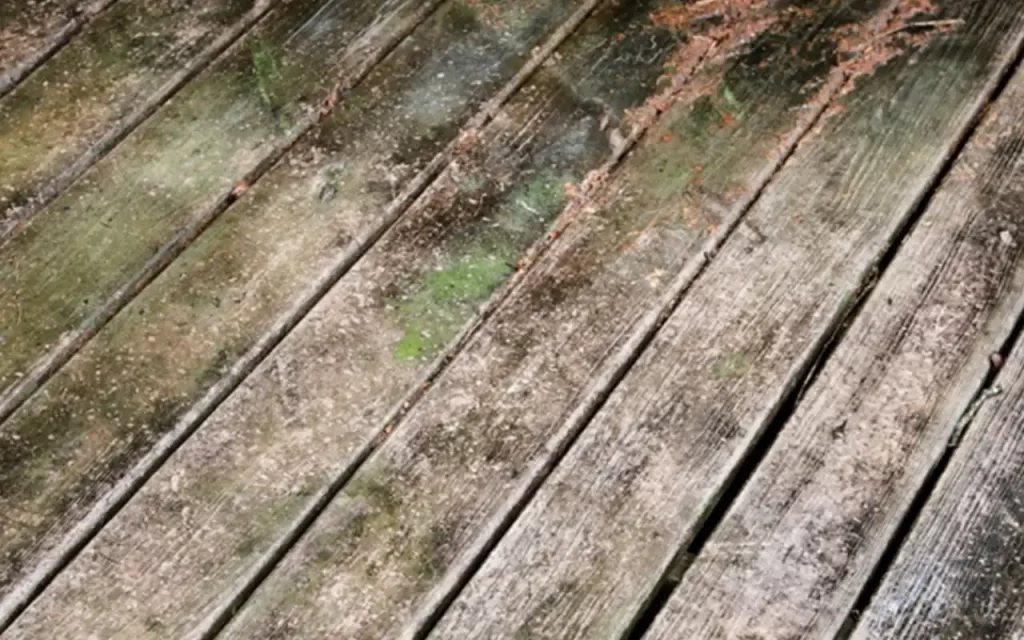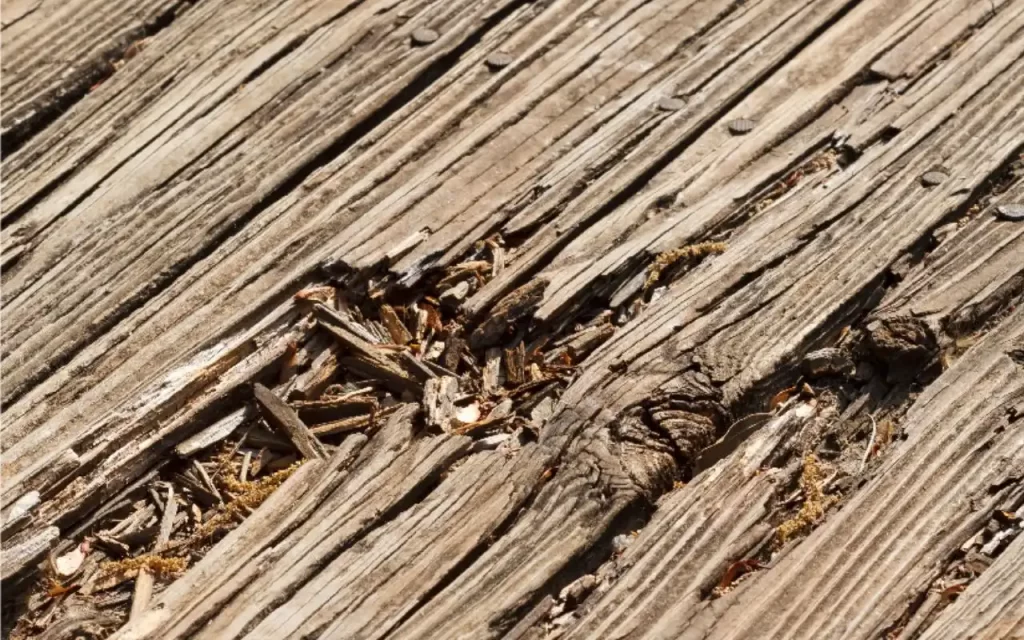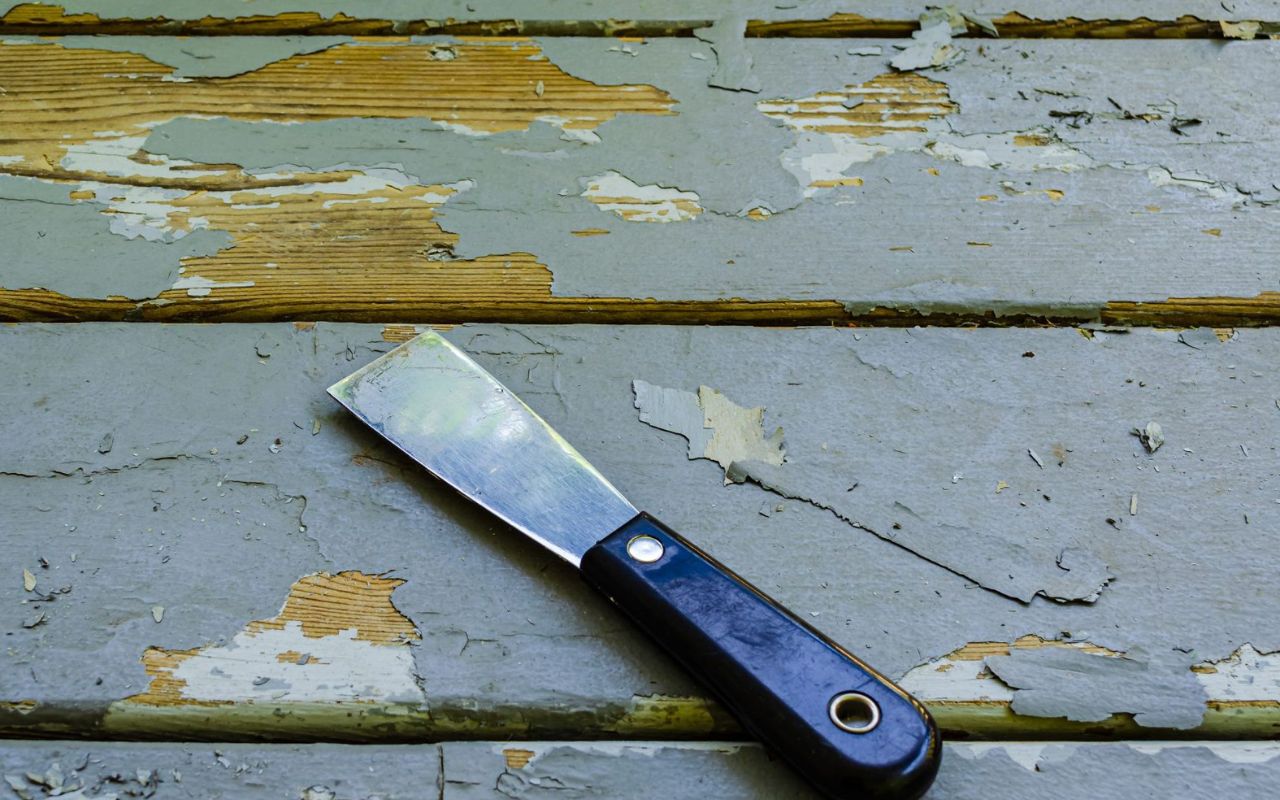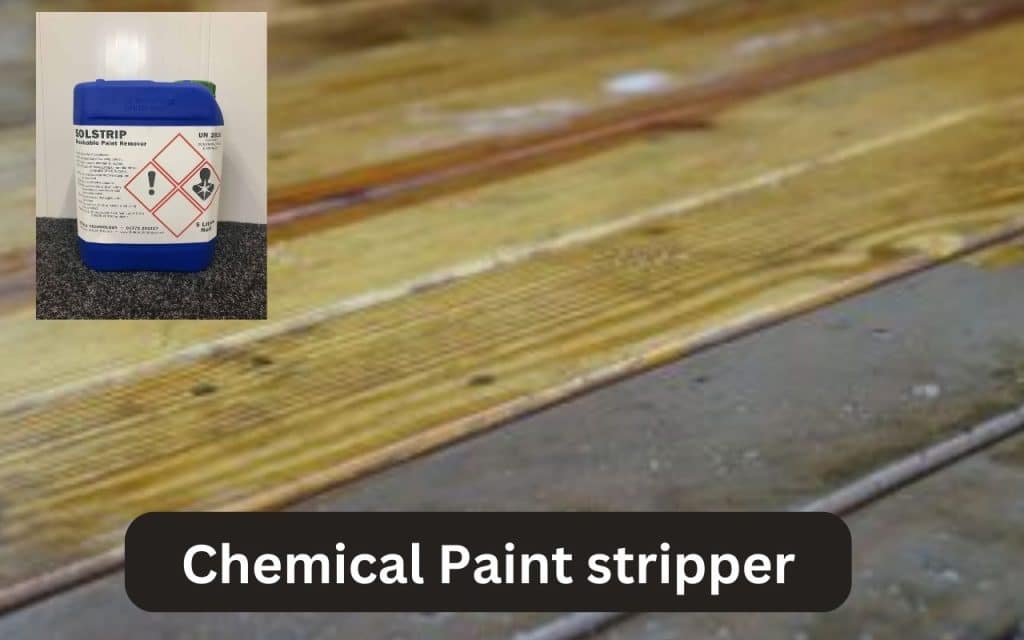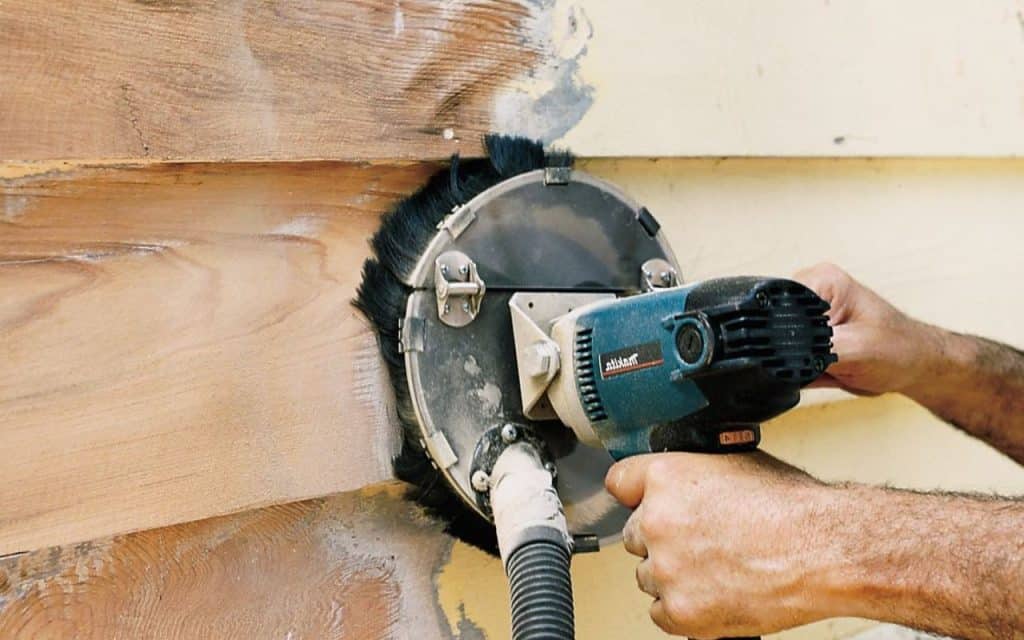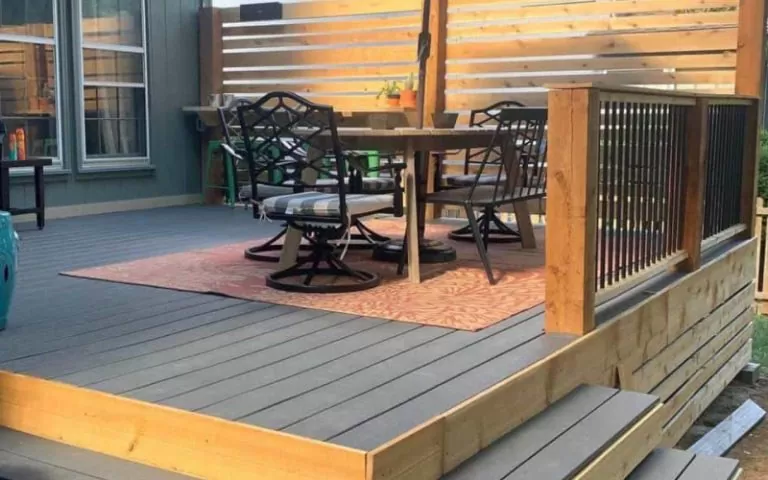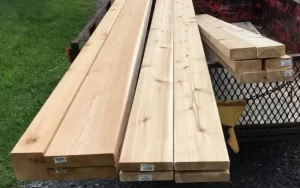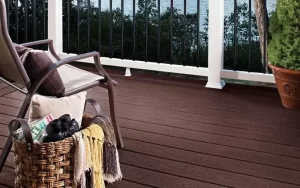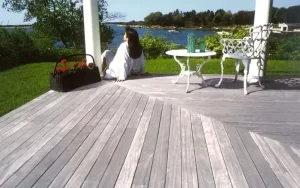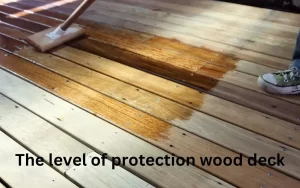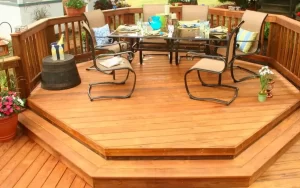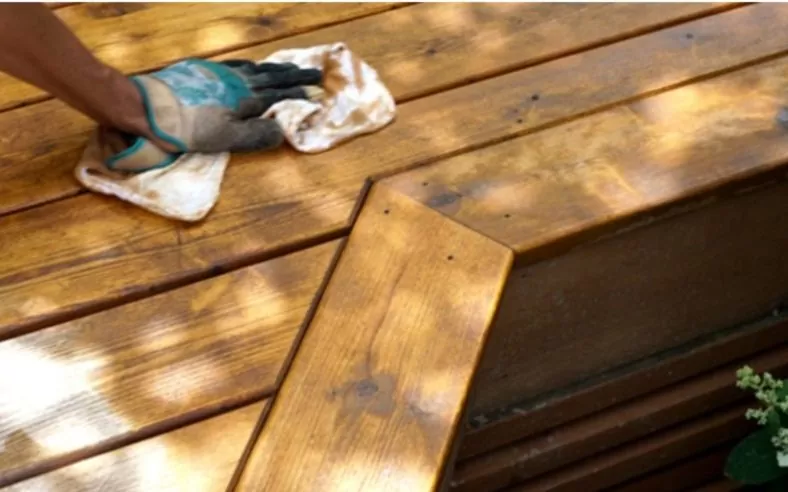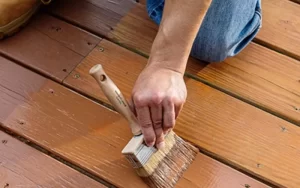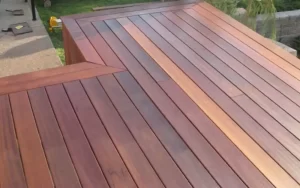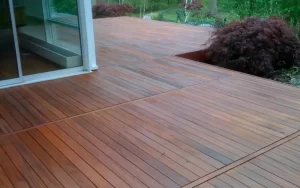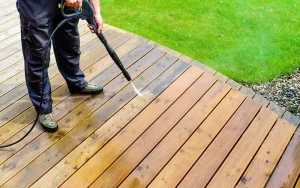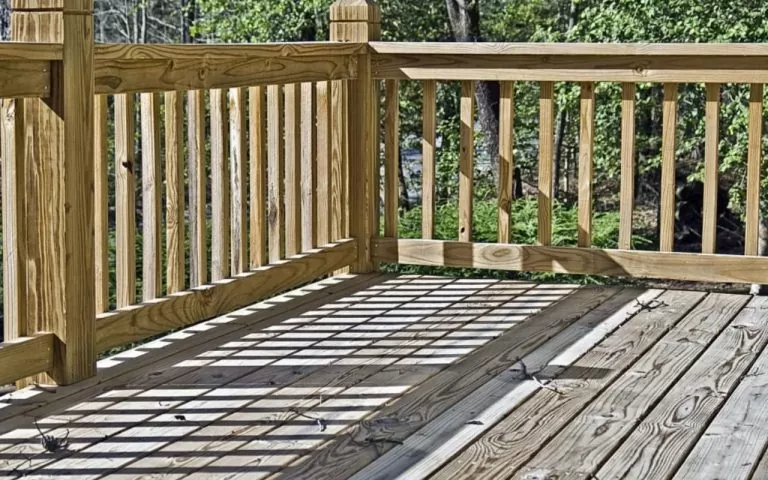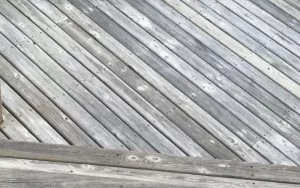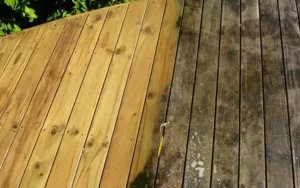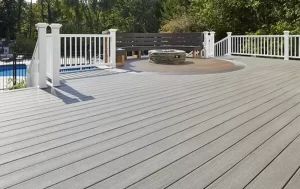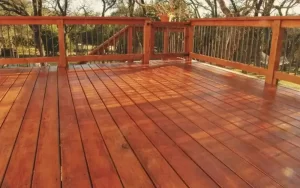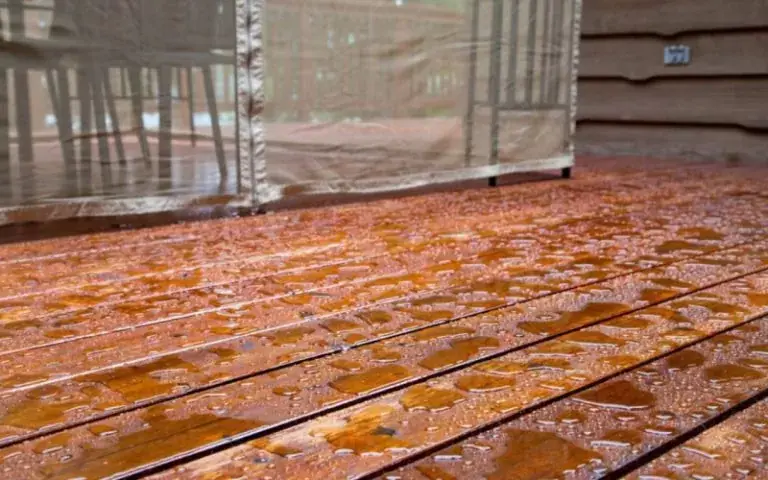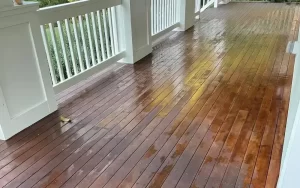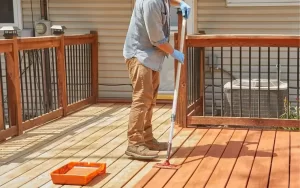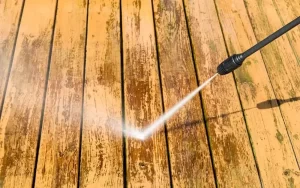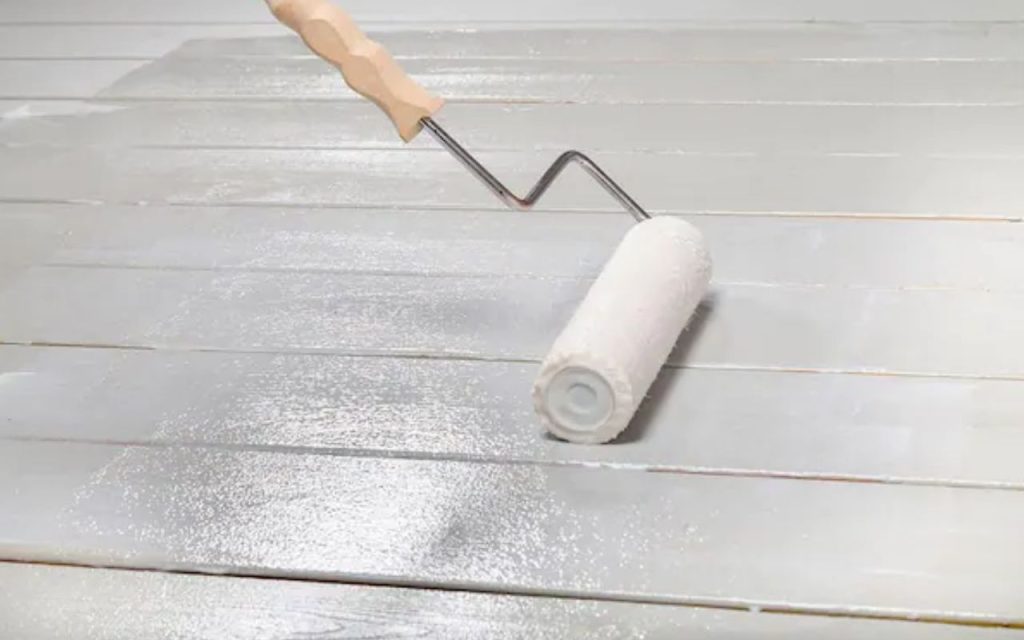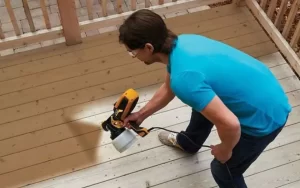Looking for a decking material that will last longer than wood without maintenance? Composite decking is your solution. A composite deck increases the value of your home while providing a long-lasting solution for your decking needs. With composite decking, you’ll never have to worry about rotting boards or splinters in your feet.
Composite decking is made from recycled materials and waste wood, making it an eco-friendly choice. It also requires less care than traditional wood decking, saving time and money in the long run.
But how long does a composite deck last?
In this article, we’ll explore how composite decking compares to wood in terms of lifespan, durability, and maintenance. We’ll also provide some tips on how to extend the life of your composite deck. So whether you’re looking for a material that will last longer than wood or you’re just interested in learning more about composite decking, read on.
How Many Years Will Your Composite Deck Last?
Composite decking is becoming increasingly popular because it offers all of these benefits. But one question remains – how long will it last?

Here’s the thing:
Composite decking is made to withstand the elements. It’s manufactured using a blend of wood fibers and plastic, so it’s strong and durable. In fact, composite decking is rated to last 20-30 years.
But that’s not all. It also has a lower lifetime cost than wood, so you’ll save money in the long run. Here are a few more reasons to choose composite decking۔
Why is Composite Decking a Better Choice?
The traditional deck is a great addition to any home. But what if you could have a deck that required less maintenance and looked better than a traditional wood deck? A composite deck might be the answer.

Here are 10 reasons why a composite deck is a better choice than a traditional wood deck:
- Composite decks are made from recycled materials so that you can feel good about your purchase.
- They require less maintenance than traditional decks – no more sanding, staining, or painting۔
- Composite decks are more durable than wood decks, and they won’t crack, warp, or rot.
- Composite decks are available in various colors and styles so that you can find the perfect look for your home.
- They’re also splinter-free to enjoy your deck barefoot or with flip-flops۔
- Composite decks are slip-resistant, making them safer for kids and pets.
- With a composite deck, you’ll never have to worry about termites or other wood-destroying pests.
- Composite decks are fire-resistant, so you can relax knowing your deck is safe.
- They’re also easy to clean. Just soap and water will do the trick.
- Best of all, composite decks add value to your home – so when it’s time to sell, you’ll get a higher return on your investment.
What Can You Do to Extend the Life of A Composite Deck?
Looking to enjoy your composite deck for many years to come? Check out these 8 tips on how to extend its life:
1. Give your deck a good power wash regularly

Regular power washing can help remove dirt, grime, and other buildups that can damage the wood. By keeping your deck clean and free of debris, you can help to ensure that it will last for years to come. So next time you think about deck maintenance, remember to give it a good power wash.
2. Protect your deck from the elements

Composite decks are durable, but they can still be susceptible to damage from the wind and rain. Covering your deck when bad weather is forecast can help protect it from the elements and keep it looking good longer. So next time you’re expecting a storm, be sure to take some time to cover your deck. Otherwise, your deck might not make it through the season.
3. Keep your deck clean clean
In addition to power washing, sweep your deck regularly to remove dirt, leaves, and other debris. If you have trees nearby, you may also want to hose off your deck occasionally. This will prevent sap or bird droppings from staining the surface.
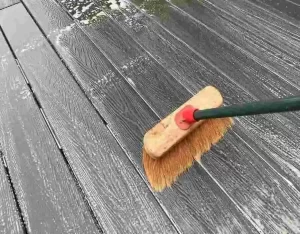
When cleaning your deck, be sure to use a gentle cleanser and a soft brush to avoid damaging the wood. So your deck will look good and last longer.
4. Be careful with furniture over deck
If you’re not careful with your furniture, you could end up doing serious damage to your composite deck. Composite decks are a mixture of wood and plastic, making them long-lasting and easy to care for.

However, they can be scratched or damaged by heavy furniture. So before you drag that chair across the deck, think about how you can protect your investment.
5. Don’t use harsh chemicals to clean your deck
If your deck is made of composite materials, you might inadvertently damage it whenever you reach for the hose. That’s because many composite decks are sensitive to harsh chemicals, including those in some household cleaners. Harsh chemicals are more acidic in nature and will break down the composition of the deck, leading to costly repairs down the road.

When these chemicals come into contact with the surface of a composite deck, they can break down the material, causing it to become discolored and dingy. Over time, this damage can shorten the lifespan of your deck and make it more difficult to maintain.
So next time you reach for the hose, think twice about using harsh chemicals on your composite deck. Your deck will thank you for that.
6. Fix any damage to your deck

While composite decks are tough, they’re not invincible. If you notice any damage, such as cracks, splits, or loose boards, take care of it immediately. This will help you prevent further damage and extend the life of your deck.
7. Store materials properly
If you’re storing any materials on your deck (lumber, grilling supplies, etc.), be sure to keep them off the ground and away from the edge of the deck. This will prevent them from scratching or damaging the surface of your deck.
8. Don’t let it grow mold or mildew
Don’t let mold or mildew ruin your composite deck. Taking a few simple steps to prevent and remove mold will extend the life of your deck and make it look great for years to come. Composite decks are still susceptible to mold and mildew growth, especially in humid climates.
Mold and mildew not only damage the appearance of your deck but can also lead to premature decay. To prevent mold and mildew growth on your composite deck, sweep the deck regularly to remove debris, dirt, and leaves.
If you live in a humid climate, consider installing a dehumidifier to keep the air dry. If mold or mildew grows on your deck, don’t worry. There are plenty of effective cleaners on the market that will safely remove mold and mildew without damaging your deck.
With a little care and attention, you can keep your composite deck looking new for years to come.
9. Protect your deck from the sun
When sunlight directly hits composite decking, it causes the material to heat up. This can cause the color of your deck to fade over time.
To protect your deck from the sun, add shade with an umbrella or pergola. This will help keep your deck cooler and prevent the color from fading. If you don’t have space for a shade structure, you can try adding some plants to the area around your deck. This will provide natural shade and can make your deck more comfortable to spend time on.
Frequently Asked Questions
You can, but it’s not necessary. Composite decks are designed to be low-maintenance and don’t require painting or staining as wood decks do. If you do decide to paint or stain your deck, be sure to use a product that is specifically designed for composite decks.
Composite decking is an investment that can add value to your home. Thanks to its low-maintenance design and durable construction, composite decks can last for years with little effort on your part. In addition, composite decks can increase the resale value of your home, making them a wise investment for any homeowner.
Yes, composite decking is fire-resistant. However, it’s important to note that no material is completely fireproof. For the best protection, be sure to keep your composite deck clear of any flammable materials, such as leaves or mulch.
Yes, you can put a hot tub on your composite deck. However, it’s important to take precautions to protect your deck from the heat of the tub. You can do this by placing a mat under the tub or using composite decking to withstand high temperatures.
Conclusion
So how long does a composite deck last? Although composite decking is built to last, there are a few things you can do to ensure it does.
By following our tips for maintaining your composite deck, you’ll be able to keep it looking beautiful and performing well for years. Be sure to visit our blog regularly for more helpful advice and information on all things home improvement.

